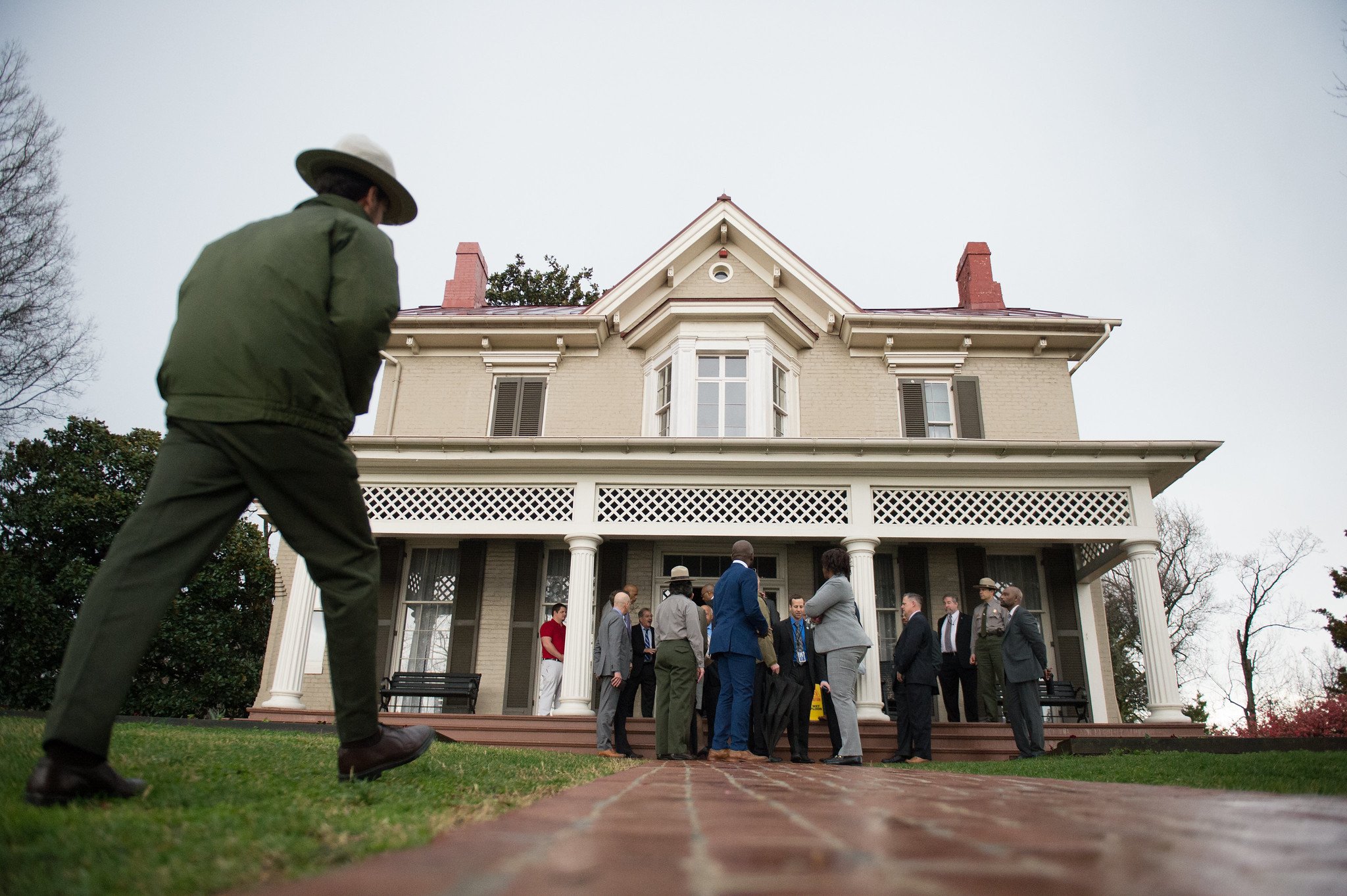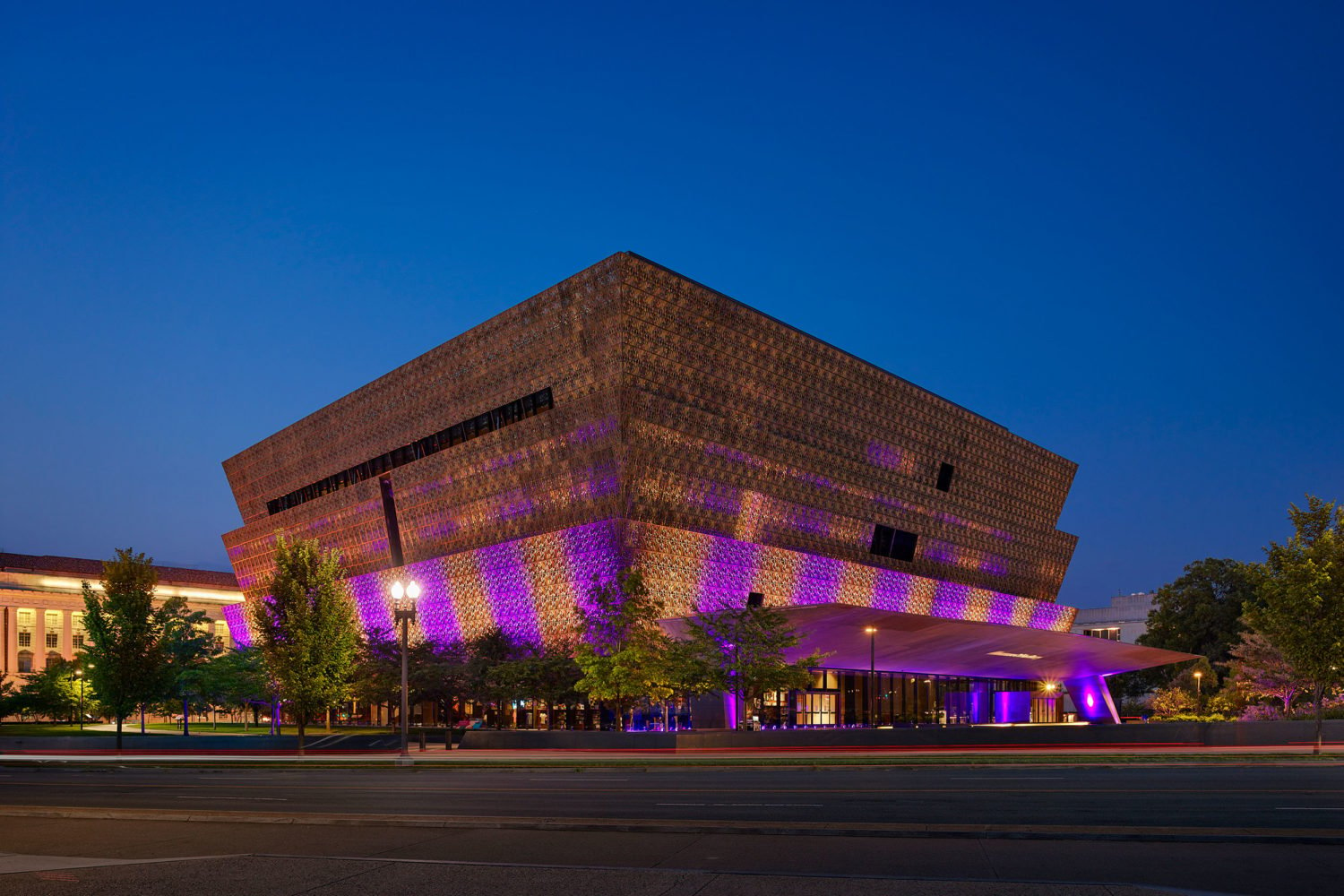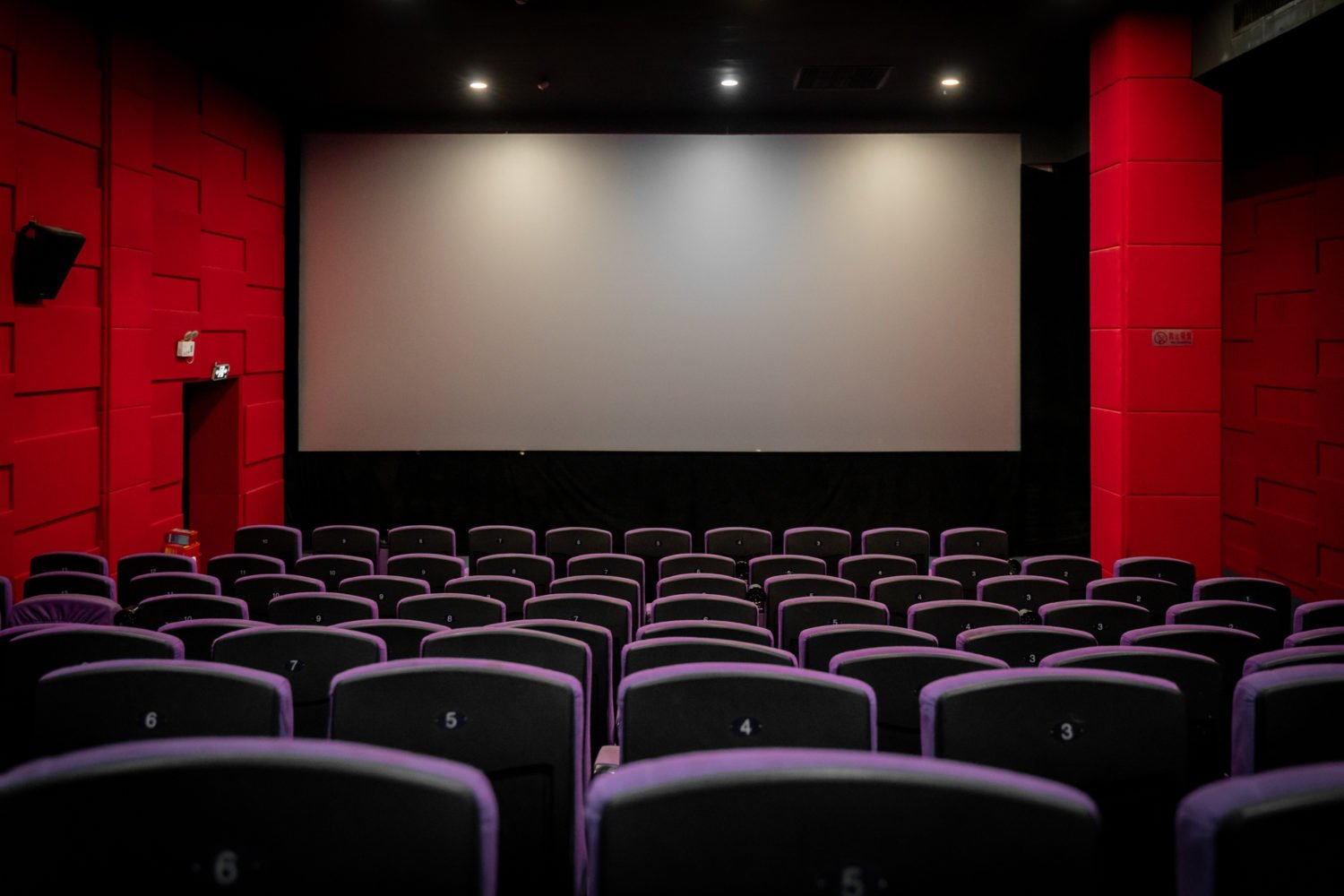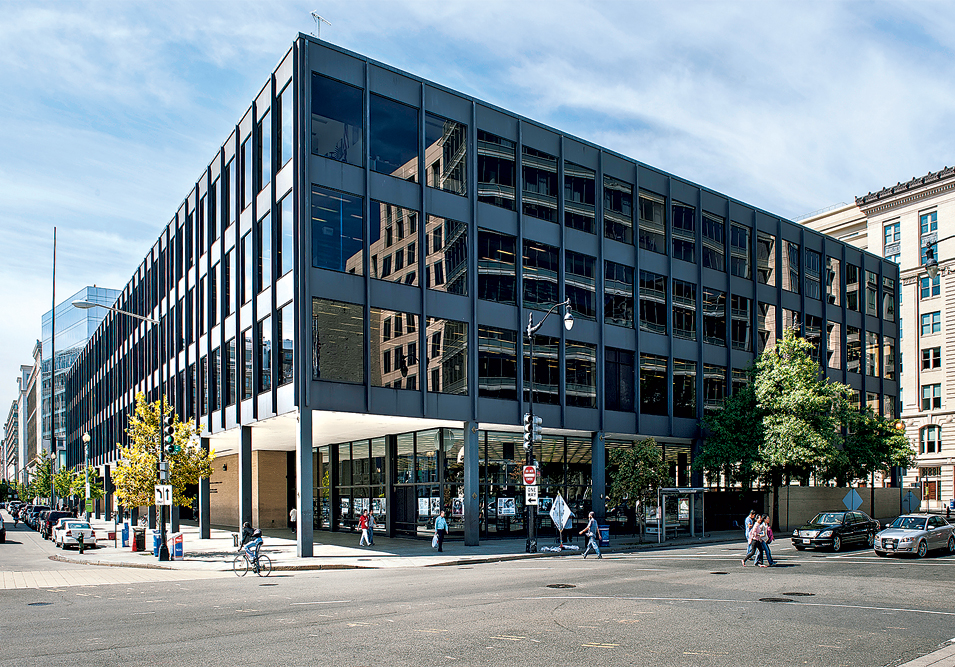Significant Black history sites are woven throughout the city’s tapestry, but while some are well-known, such as Frederick Douglass’ Anacostia home or U Street’s Lincoln Theatre, many others go largely unnoticed by passersby. However, a new, interactive map is helping highlight many of those lesser-known sites.
Several years in the making, the project—Black History Sites: Washington, DC—comes from DC’s Office of Planning, home to the city’s Historic Preservation Office, which published the map in commemoration of Black History Month on Friday.
“We’re super excited about it,” said Anita Cozart, director of the Office of Planning. “This is a part of our mission to increase DC residents’ understanding of our city’s historic and cultural resources. We also understand that, for our Black residents, there’s been a historic underrepresentation in the telling of our stories, particularly in public spaces. So, in many ways, we’re making efforts to remedy that.”
The story map builds off the city’s African American Heritage Trail guide, created in 2001, which previously identified roughly 200 sites. Since then, however, Cozart says the Office of Planning has collected an additional 100 sites, thanks to new scholarship and ongoing research from local academics, historians, and even residents.
For example, one of the new sites not previously mentioned on the African American Heritage Trail guide is a building near Union Station. Now home to a nondescript Truist bank, the building once housed a restaurant that became an important civil rights protest site in February of 1949 when a group of 80 people staged a sit-in to protest the restaurant’s white-only policy. “People flock to Union Station, and here is this piece of DC history right there off of Columbus Circle,” said Cozart. “It’s a really powerful example of one of these [lesser-known] sites.”
Altogether, the map features sites that date from the 18th century (such as Theodore Roosevelt Island, which was once the site of a plantation with enslaved workers) to present day, such as Black Lives Matter plaza. Some sites were the previous residences of influential people (such as Yarrow Mamout, a formerly enslaved African entrepreneur who later owned property in Georgetown), others were successful Black-owned businesses (such as the Whitelaw Hotel, built in 1919 and financed by the Black businessman John Whitelaw Lewis) or popular places of leisure (such as the Langston Golf Course and Driving Range, which was one of the few courses open to African Americans in the early twentieth century).
While many sites on the map have commemorative plaques or historical markers, many don’t, which “is why the digital technology is so wonderful, because you can make a marker on the map even if there isn’t a physical marker in that space,” said Cozart.
If you know of a site that’s missing from the map, Cozart says the Office of Planning continues to welcome more suggestions. Just email historic.preservation@dc.gov with “Black History Sites Story Map” in the subject line and include the name and location of the suggested site, along with a brief explanation of its significance. Says Cozart: “Success, to us, is if, in a year from now, we have many more sites that we’ve added to the list.”

















